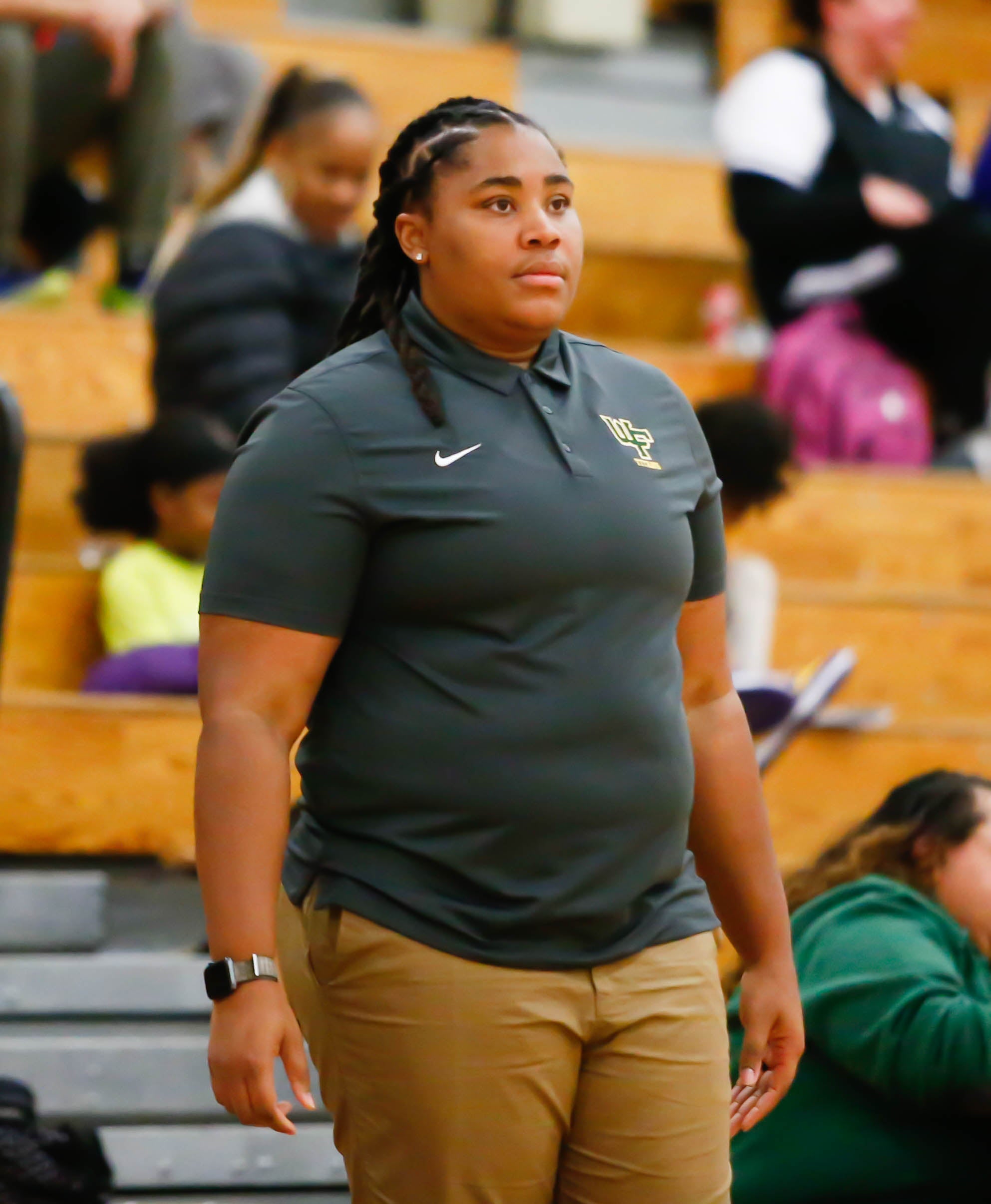Wanna step outside? Pier pressure
Published 12:00 am Thursday, July 13, 2023
|
Getting your Trinity Audio player ready...
|
By Dan Kibler
Summer is in full swing, along with family vacations, and the coast along the Carolinas is certainly a place to investigate, especially if you’re a fisherman.
We can probably argue a lot about how South Carolina is taking good care of its marine species while allowing recreational fishermen somewhat generous creel limits — as opposed to North Carolina’s minuscule limits and compressed seasons — but one place where the two states are closer to equal is on the long, ocean piers that dot the beach from Nags Head to almost Hilton Head Island.
Piers are a great place to spend a couple of summer days dunking bait for the tasty bottom fish that take up residence. With a few tips, you might be ready to do better than the masses who bought their tackle at a big-box store and showed up on the planks with relatively little knowledge about how to scare up a cooler full of croaker, speckled trout, whiting, pompano or bluefish.
Jerry Dilsaver of Oak Island has spent plenty of time on piers, from working on the no-longer-around Long Beach Pier as a kid 50 years ago to managing the Oak Island Pier for the town of Oak Island for a couple of summers several years ago. He has a few keys for success:
- Use the freshest bait possible
- Don’t fish too far off the beach
- Tailor your terminal tackle to your bait
- Move with the tides
Fresh bait is the trick
“The biggest thing I would tell anybody going to a pier is, don’t skimp on the money you spend for bait,” Dilsaver said. “Have fresh bait. When the water is hot, fish are lethargic, and it’s absolutely important to have shrimp that haven’t been frozen and thawed out and refrozen a few times. You want the best-quality bait you can get.
“I go to the fish market and buy what most people call ‘eating shrimp.’ They’ve never been frozen, and they’re in much better shape.
Live bait also has its place on the pier — and not just at the farthest end of the pier that’s usually reserved for fishermen targeting sharks, king mackerel and other nearshore bruisers.
“Live shrimp have a purpose on the pier,” Dilsaver said. “There is a surprisingly good speckled trout bite on piers early in the morning. It may be over by 8, or if it’s cloudy, maybe 9 in the morning.
“It’s bobber-stop fishing — using a sliding cork and enough leader that you can drop the bait down 8 feet below the cork, or using a sidewinder rig, which is like a drop-shot rig, with a loop (and hook) about 2 feet above the weight, which will hold the shrimp about 2 feet off the bottom. The sliding cork is easier to use when the fish are moving up and down in the water column because you can adjust it so easily. With a sidewinder rig, you have to retie every time you want to change depths.”
You don’t have to fish way out on the pier
Dilsaver said the star of the show during the summer is the pompano, an immigrant from Florida not necessarily swimming north to avoid Ron DeSantis, but to find the warmish water it loves.
“They are going to be just outside the breakers — where the first wave is breaking,” Dilsaver said. “That wave is going to stir up the bottom and knock things around. Pompano, whiting, croaker and even (red) drum — any fish with a mouth on the bottom, an inferior mouth — are going to be in there, feeding on the bottom.
“They’ll be just outside of that impact zone, so you want to be right outside the farthest-out breakers. On high tide, that might be 20 feet off the beach. On low tide, it might be 50 to 75 yards. An excellent bait for (pompano) is sand fleas — mole crabs. You have to catch them yourself, but one bait company is packaging them dead and frozen.”
Raking the beach at the highest place along the surf where the waves reach is the way to find mole crabs. They are easily kept alive in a bucket of sand and water — as long as you cover the top with a cloth of some kind. Dilsaver said the ones with a “little fuzz under the bottom” are the best — the “fuzz” are eggs.
Choose your hooks wisely
Dilsaver said a long-shanked, bronze hook that’s slightly offset is a great choice, especially if you’re fishing live bait like shrimp or sand fleas — or during the two weeks in September when North Carolina lets you catch and keep flounder, mullet minnows.
“I don’t like stainless-steel hooks,” Dilsaver said. “I like bronze hooks with a long shank that are slightly offset. An Eagle Claw 072 or L072 are perfect. The L stands for laser — they’re laser sharpened and worth the extra money. The other is an 042, which is like the nose hook for stripers. It’s got a little winder bend and is easier to put live bait on.”
Don’t stay put
As the tide changes throughout the day on the pier, the fish move around — you need to move, too, even if that means picking up your chair and cooler and bait bucket and tackle box. That’s why some kind of cart to carry your belongings onto the pier is so popular.
“We’ve got about a 5-foot tidal swing around here — down in South Carolina, it’s as much as a 6-foot swing,” Dilsaver said. “As the tide moves, you’re going to have to move. Once you find a depth where the fish are biting, you’re going to have to move in and out as the tide rises and falls to stay at that depth.”
If you’re catching fish in eight feet of water and the tide is rising, you might have to move 20 yards toward the shore to stay at the same depth. If the tide is falling, you might have to move 20 yards away from the shore.
One warning about moving too much: don’t head for the end of the pier. Most piers will reserve the very end — where there is often a “T” extension — for fishermen targeting king mackerel, cobia or sharks (at night). Many piers do not allow bottom-fishing at the end of the pier. A sign will usually mark off that area.
But, Dilsaver said, you can make a lot of friends and pick their brains for big-fish knowledge with a simple gift – a live bluefish.
“One way to make friends with those people is, if you catch a ¾- or 1½-pound bluefish that you don’t want, run it out to the end of the pier, and the king mackerel fishermen will love you,” Dilsaver said. “They’ll put it in the livewell and use it for live bait.”
Conservation group holds kids’ fishing event
The Yadkin Valley chapter of the Quail & Upland Wildlife Federation will hold a youth catfishing event on Saturday, July 22, at a pond in Yadkinville.
The event will begin at 8:40 a.m. and finish at noon, followed by a hot dog lunch. It is open to youths aged 15 and under. There are a limited number of available spots, and pre-registration is by calling or texting Don Stroud at 336-682-3456.
The event will be held at 6540 Service Road in Yadkinville.
More Sports







